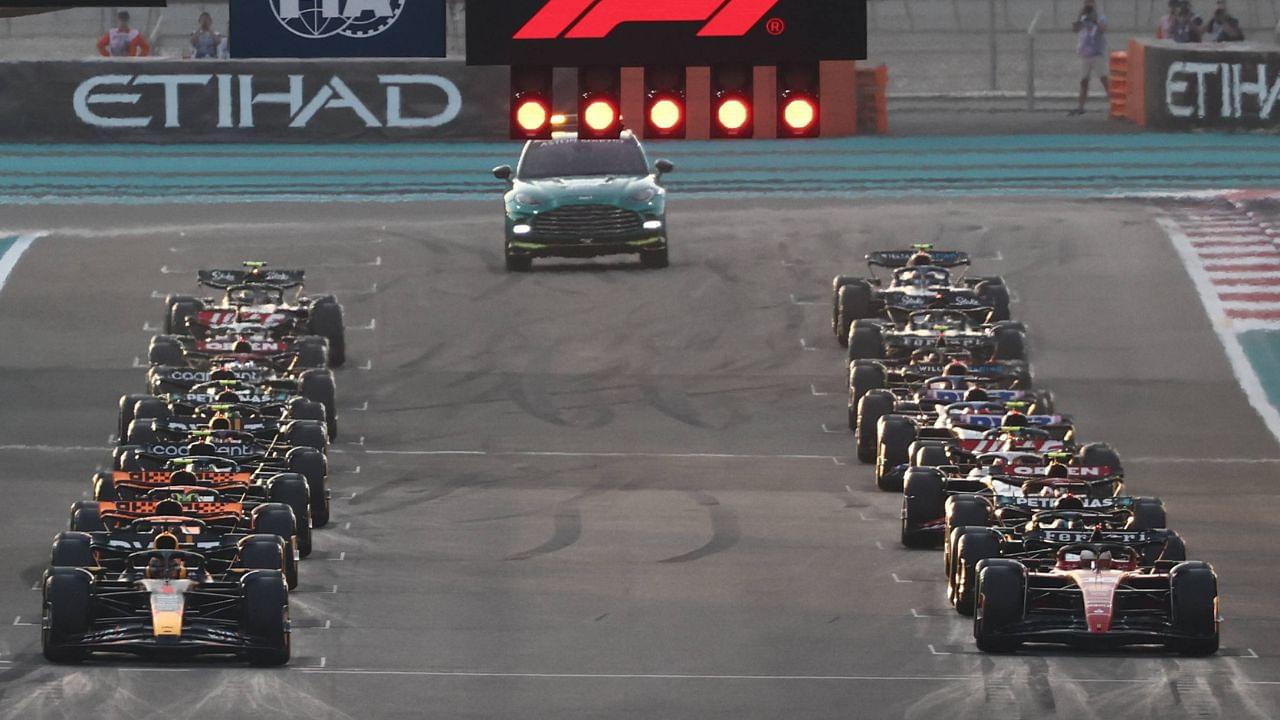The stock of F1 as a global championship has risen exponentially in the last few years. Long gone are the days when the sport had a limited viewership base in Europe. Since the advent of Netflix’s critically acclaimed docuseries ‘Drive to Survive‘, the sport has tapped into a blossoming market in the US. The inflow of fans has also translated into the economics of F1. Back in 2004, Red Bull bought the struggling Jaguar team for a mere $1. Today, according to McLaren CEO Zak Brown, all ten teams have a value of at least over $1 billion.
According to a recent study conducted by Forbes, the current valuation of the teams has increased by a whopping 276% since 2019. In terms of revenue taken into account, the current estimate shows that on average, an F1 team is valued at a staggering $1.88 billion.
In 2004, Red Bull bought Jaguar Racing for $1.
In 2009, Ross Brawn bought the Honda F1 Team for £1.
Now, McLaren Racing CEO @ZBrownCEO says that “all Formula 1 teams are now worth at least £1 billion.”
Talk about a glow up pic.twitter.com/RSXKCm6mTc
— Vincenzo Landino (@vincenzolandino) March 17, 2024
Therefore, in the words of F1 expert Vincenzo Landino, “These F1 teams operate like Silicon Valley startups on steroids“. In terms of pure numbers, only teams such as V-CARB ($905 million), Sauber ($815 million), Williams ($795 million), and Haas ($710 million) haven’t quite hit the billion-dollar figure yet.
However, the top sides such as Ferrari ($3.13 billion), Red Bull ($2.42 billion), and Mercedes ($2.7 billion) have breached the $2 billion threshold. McLaren is currently valued at $1.56 billion while Aston Martin sits at $1.14 billion.
Alpine, after their latest blockbuster investment, have just crossed the billion dollar mark with a valuation figure of $1.08 billion. All of this happened after Liberty Media took over the reins of the sport from Bernie Ecclestone.
How did F1 become a billion-dollar business overnight?
Before Liberty Media stepped in, F1 was really a closed shop for viewers outside of Europe. However, since then, the sport has taken a more global approach, but at the heart of Liberty Media’s turnaround lies the United States of America.
Drive to Survive turned out to be a great avenue for the sport to flex its marketability to potential partners in the US while also growing its fan base. And that idea has worked wonders. Since 2018, the sport has expanded its reach in the sponsorship market in the US, too.
Formula 1 News: Las Vegas GP to add $1.2B to economy (Update) https://t.co/pJNNvrNKuR The numbers are still being computed, but preliminary estimates are that the Las Vegas GP last November did indeed add $1.2 billion to the Las Vegas economy. pic.twitter.com/iJXoGzMOFJ
— AutoRacing1.com (@AutoRacing1) January 25, 2024
McLaren and Red Bull have been key players in making this happen. Under the leadership of Zak Brown, who also happens to be an American sponsorship magnate, the team has collaborated with Google.
Meanwhile, at Red Bull, the team have been able to secure a lucrative title sponsorship with American multinational computer technology company, Oracle. This new lease of life in the US has not been a completely off-track endeavor.
With the US GP held in Austin since 2012, in 2022, F1 also introduced the Miami GP to the calendar. With last year’s inaugural Las Vegas GP, F1 now has three races in the US each year. Moreover, talks are also ongoing about adding a fourth US race in the near future with Chicago the favorite to take up the mantle.




